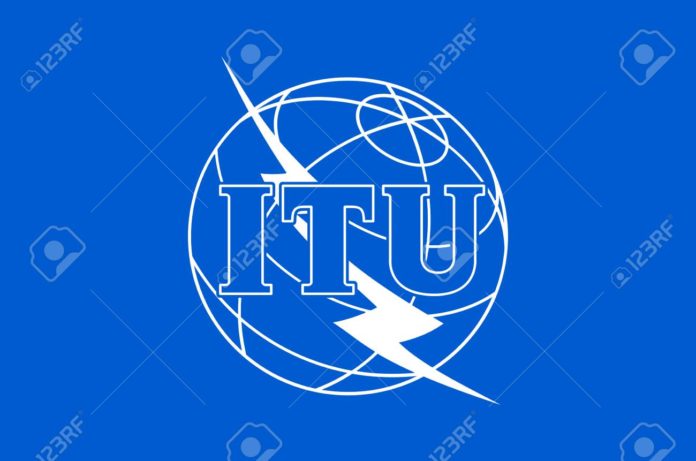
The International Telecommunication Union’s Radiocommunication Sector (ITU-R) has recognized the world’s first non-cellular 5G technology standard, a move designed to provide enterprises the ability to autonomously manage networks without operators.
Dubbed ETSI DECT-2020 NR, the specification will be included as part of 5G standards in IMT-2020 technology recommendation, with the aim of democratizing IoT usage and de-centralizing infrastructure.
In a statement, European standards member group ETSI noted the development eliminated network infrastructure and single point failure, while enabling companies to operate without middlemen or subscription fees, as well as store and consume the data generated in the best way “they see fit for them”.
This could be used anywhere from on-premise, in public cloud or anything in between.
ETSI further explained the standard supports use of shared spectrum, enabling access to free international frequencies including 1.9GHz.
On the technology side, non-cellular 5G is built on different principles from cellular 5G, with one of the biggest differences coming from a decentralized network.
In this instance, “every device is a node, every device can be a route, as if every device is a base station”, and these devices automatically find the “best route” to allow for reliable communication.
Jussi Numminen, vice chair of the ETSI technical committee, pointed to a lot of hype around private networks, but claimed this was the first 5G technology to support shared spectrum operation and multiple networks in mobile system frequencies.
“With the ETSI standard you get immediately access to a free, dedicated 1.9GHz frequency internationally. It is a perfect match for massive IoT,” he explained.










